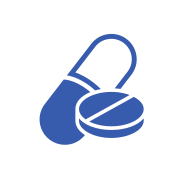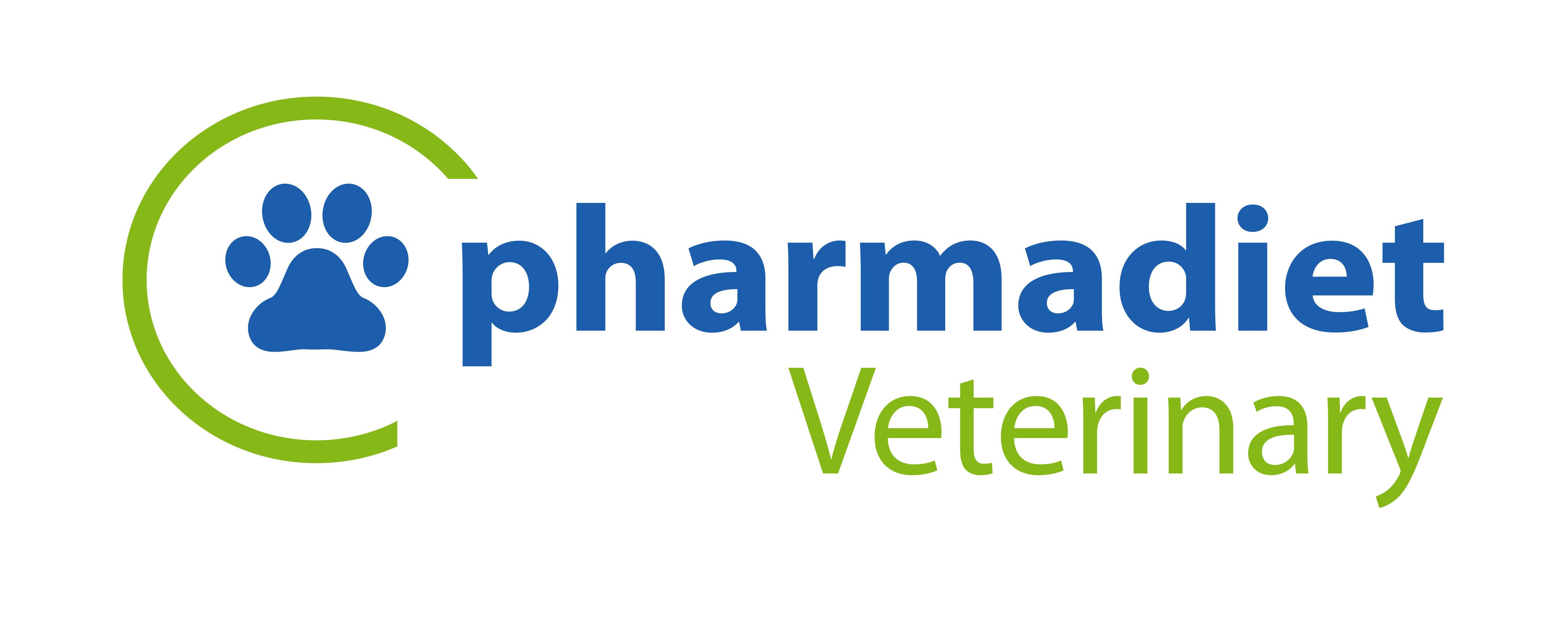
Alimento complementario a base de levaduras (Saccharomyces cerevisae), fosfato tricálcico, harina de krill, almidón de patata, estearato de magnesio, cristobalita, pulpa de manzana seca, manitol.
Download PDF



Uridine1,2
Dried apple pulp
Tryptophan5,6
Biotin
Selenium and Zinc
Barley bran
Box with 60 tablets, in blister packs of 10 tablets each.
Box with 60 tablets, in blister packs of 10 tablets each.

1 tablet per day.
Oral route
If preferred, mix with the usual food.
As it is a dietary supplement, it can be administered continuously.
Uridine1,2
Dried apple pulp
Tryptophan5,6
Biotin
Selenium and Zinc
Barley bran
Box with 60 tablets, in blister packs of 10 tablets each.
Box with 60 tablets, in blister packs of 10 tablets each.

1 tablet per day.
Oral route
If preferred, mix with the usual food.
As it is a dietary supplement, it can be administered continuously.

Cognitive Dysfunction Syndrome (CDS) in cats and dogs is a clinical condition that affects older pets, characterised by a series of neurological disorders that negatively impact their cognitive functions, changes in behavior, social interactions, and quality of life.
Clinical signs include:
CDS has become an increasingly important area of research and veterinary care. Early diagnosis and appropriate intervention are key to addressing this syndrome.

CDS manifests in various ways:
CDS can also result from cerebrovascular pathologies: cerebral vascular changes, gliosis, and ventricular dilation, leading to cerebral atrophy, ventricular enlargement, and lesions in the medial temporal lobes.

"At Pharmadiet, we encourage all pet owners to maintain a close relationship with their trusted veterinarian.
Regular consultations with veterinary professionals are fundamental for preventive care, early diagnosis of health problems, and planning appropriate treatments.
Through our close collaboration with these experts, we work together to keep your animal companions in their best health, ensuring a full and active life for them."

Pharmadiet Veterinary is a brand specialized in complementary feeds for animals and products for the hygiene, care, and management of animals for animal health with over 30 years of experience
© Pharmadiet Veterinary is a brand of the OPKO group | All rights reserved.
Web design and digital marketing by Wide Marketing
Pharmadiet Veterinaria is a brand specialised in dietary supplements for animals and products for animal hygiene, care, and management, with over 30 years of experience in animal health.
© Pharmadiet Veterinary is a brand of the OPKO group | All rights reserved.
Web design and digital marketing by Wide Marketing